A photovoltaic paste under development could turn ordinary body panels into solar panels.
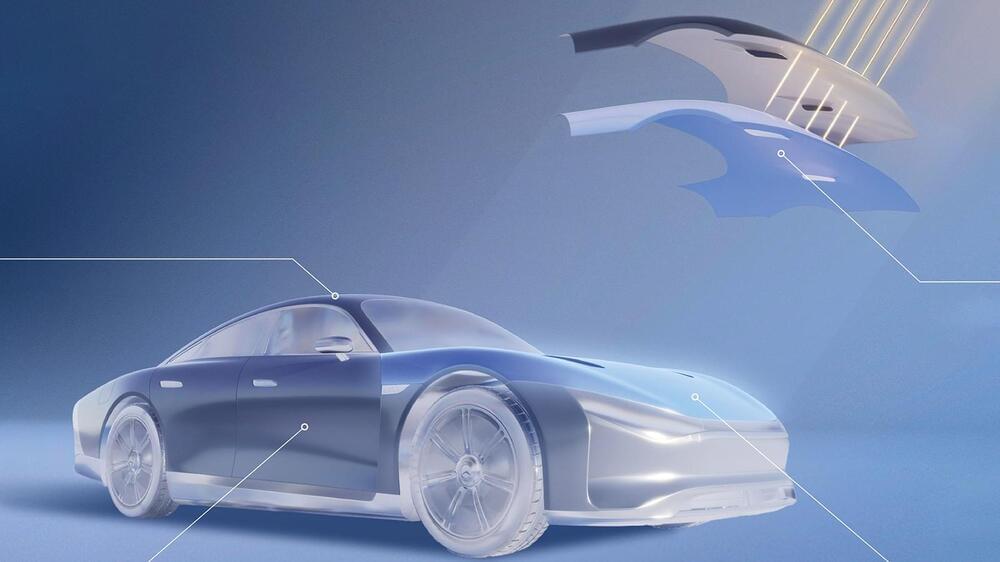

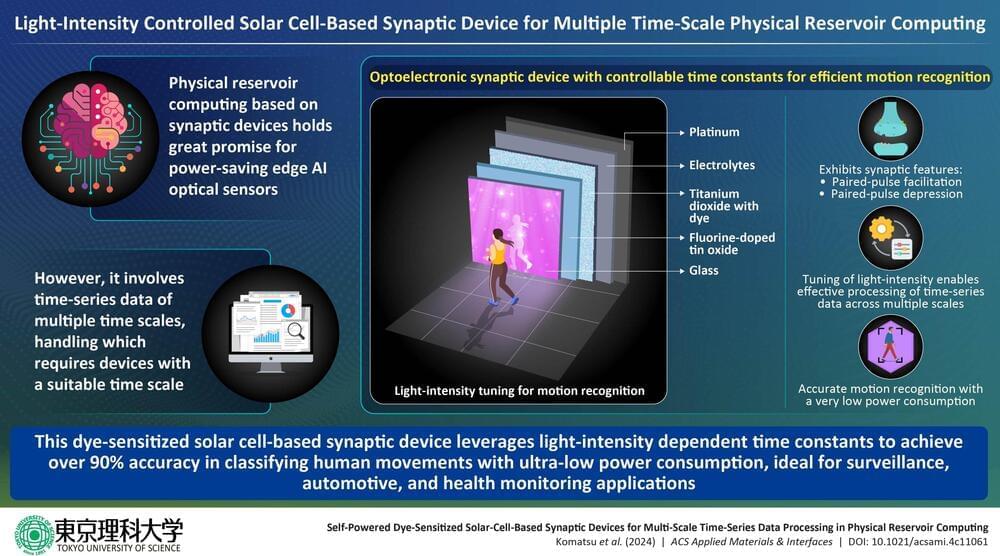
Researchers at Tokyo University of Science have developed a solar cell-based optoelectronic device that mimics human synapses for efficient edge AI processing.
Artificial intelligence (AI) is becoming increasingly useful for the prediction of emergency events such as heart attacks, natural disasters, and pipeline failures. This requires state-of-the-art technologies that can rapidly process data. In this regard, reservoir computing, specially designed for time-series data processing with low power consumption, is a promising option.
It can be implemented in various frameworks, among which physical reservoir computing (PRC) is the most popular. PRC with optoelectronic artificial synapses (junction structures that permit a nerve cell to transmit an electrical or chemical signal to another cell) that mimic human synaptic elements are expected to have unparalleled recognition and real-time processing capabilities akin to the human visual system.
However, PRC based on existing self-powered optoelectronic synaptic devices cannot handle time-series data across multiple timescales, present in signals for monitoring infrastructure, natural environment, and health conditions.
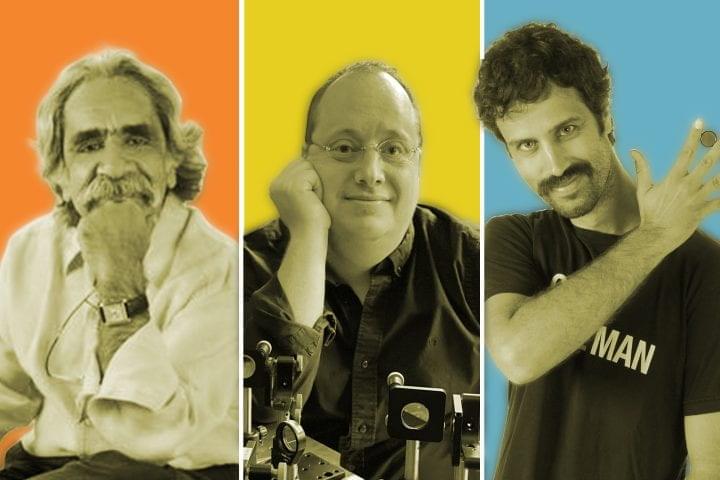
Discovery enables manufacturing of ultrathin solar panels, advanced optoelectronics.
By creating a new way for light and matter to interact, researchers at the University of California, Irvine have enabled the manufacturing of ultrathin silicon solar cells that could help spread the energy-converting technology to a vast range of applications, including thermoelectric clothing and onboard vehicle and device charging.
The development, subject of a paper recently published as the cover story in the journal ACS Nano, hinges on the UC Irvine researchers’ conversion of pure silicon from an indirect to a direct bandgap semiconductor through the way it interacts with light.
Physicist Matthias Kling studies photons and the things science can do with ultrafast pulses of X-rays. These pulses last just attoseconds – a billionth of a billionth of a second, Kling says. He uses them to create slo-mo “movies” of electrons moving through materials like those used in batteries and solar cells. The gained knowledge could reshape fields like materials science, ultrafast and quantum computers, AI, and medical diagnostics, Kling tells host Russ Altman on this episode of Stanford Engineering’s The Future of Everything podcast.
Researchers in Saudi Arabia have developed a solution to overheating solar panels that requires zero electricity. This development can also double as a method for atmospheric water collection, an important practice in dry regions, as relayed by SciTechDaily.
The research, led by King Abdullah University of Science and Technology professor Qiaoqiang Gan, is important because it addresses the problem of overheating solar panels in particularly hot and sunny regions, such as Saudi Arabia.
Researchers discovered that moisture from atmospheric water could serve as a coolant for the overheating panels. “This water can be collected by atmospheric water harvesting technologies,” Gan stated.
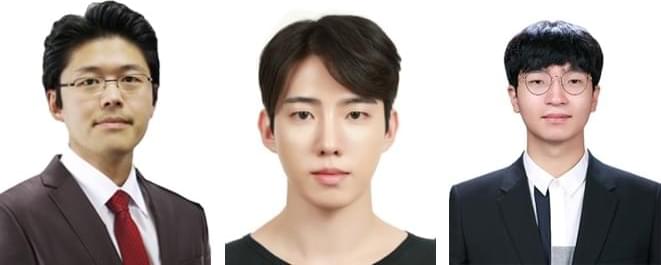
Existing perovskite solar cells, which have the problem of not being able to utilize approximately 52% of total solar energy, have been developed by a Korean research team as an innovative technology that maximizes near-infrared light capture performance while greatly improving power conversion efficiency. This greatly increases the possibility of commercializing next-generation solar cells and is expected to contribute to important technological advancements in the global solar cell market.
The research team of Professor Jung-Yong Lee of the School of Electrical Engineering at KAIST (President Kwang-Hyung Lee) and Professor Woojae Kim of the Department of Chemistry at Yonsei University announced on October 31st that they have developed a high-efficiency and high-stability organic-inorganic hybrid solar cell production technology that maximizes near-infrared light capture beyond the existing visible light range.
The research team suggested and advanced a hybrid next-generation device structure with organic photo-semiconductors that complements perovskite materials limited to visible light absorption and expands the absorption range to near-infrared.

Mimicking how plants convert sunlight into energy has long been a dream for scientists aiming to create renewable energy solutions. Artificial photosynthesis is a process that seeks to replicate nature’s method, using sunlight to drive chemical reactions that generate clean energy. However, creating synthetic systems that work as organically as natural photosynthesis has been a significant challenge until now.
“The first involved integrating the hole-selective materials and the perovskite layers, to simplify the manufacturing process. The second involved replacing traditional organic materials, such as fullerene and bathocuproine, with tin oxide, an inorganic electron transport layer, in a process known as the atomic layer deposition method,” per PV’s description.
Labspeak aside, the big takeaway is that the changes resulted in a 25% efficiency, meaning the cells can turn a quarter of the sunlight hitting them into energy. What’s more, they maintained 95% of their efficiency after 2,000 hours of operation, per the report.
“The device structure reported in this study represents the most simplified architecture in the current field of perovskite solar cells, offering significant advantages for industrialization,” study co-author Gao Danpeng said in the story.
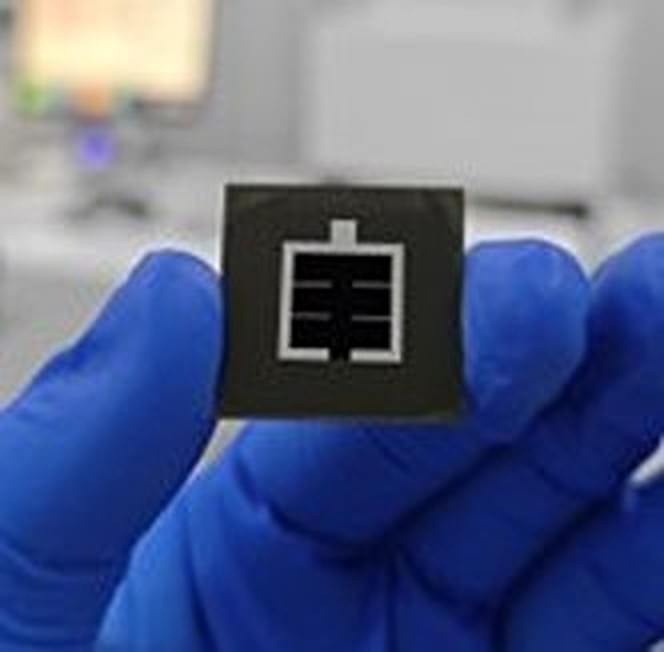
An international research team has fabricated a 1 cm2 perovskite-silicon tandem solar cell that utilizes a top cell based on a perovskite absorber integrating inorganic copper(I) thiocyanate (CuSCN).
A co-deposition strategy of CuSCN and perovskite is firstly developed to solve the key technical…
A Saudi-Chinese research team has fabricated a perovskite-silicon tandem solar cell without a hole transport layer (HTL) in the perovskite top cell. This innovative strategy, based on the co-deposition of copper(I) thiocyanate and perovskite in the top cell absorber, was intended at solving typical issues of HTLs in tandem devices.
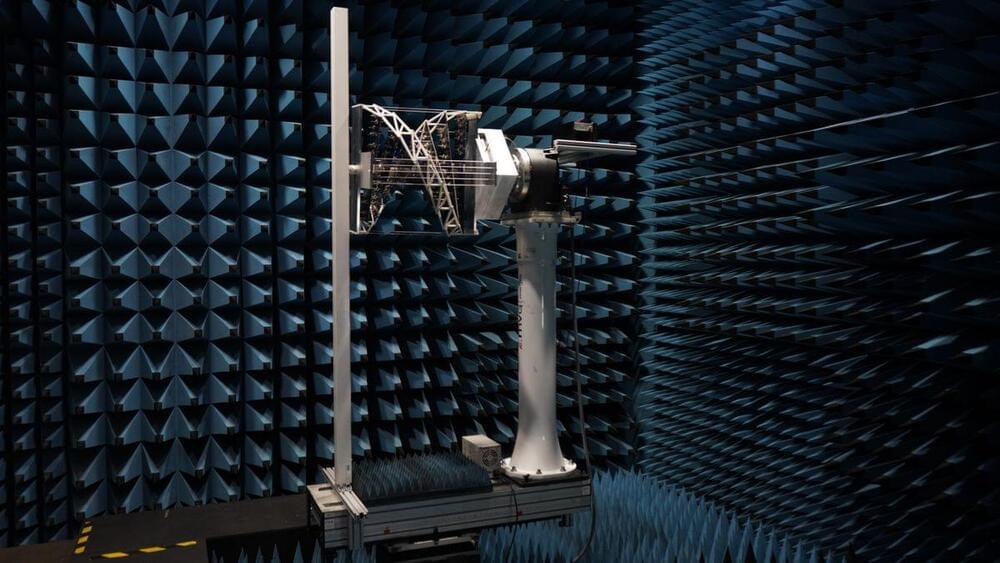
British startup plans to supply solar power from space to Icelanders by 2030, in what could be the world’s first demonstration of this novel renewable energy source.
The space solar power project, announced on Monday (Oct. 21), is a partnership between U.K.-based Space Solar, Reykjavik Energy and Icelandic sustainability initiative Transition Labs.